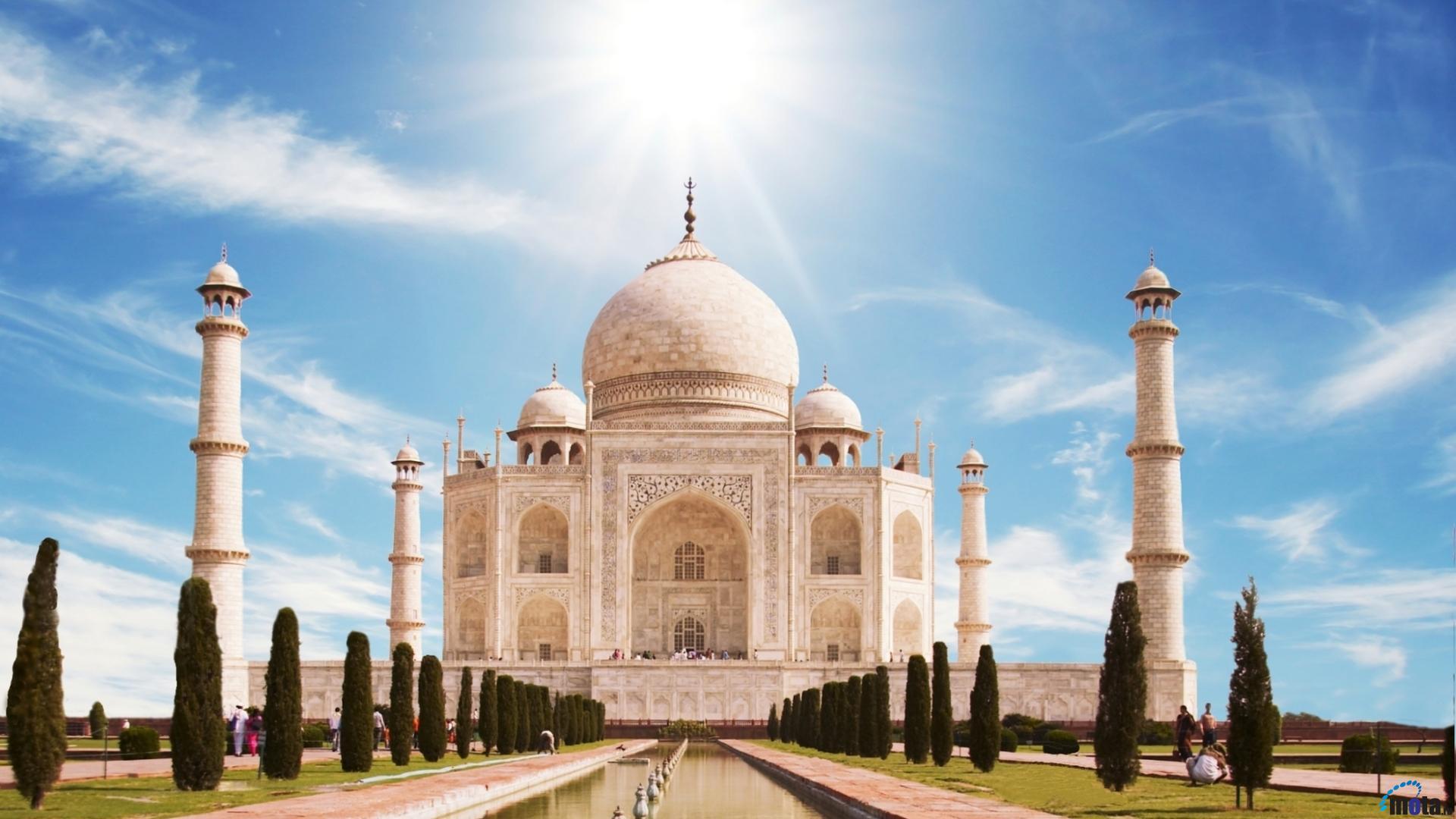
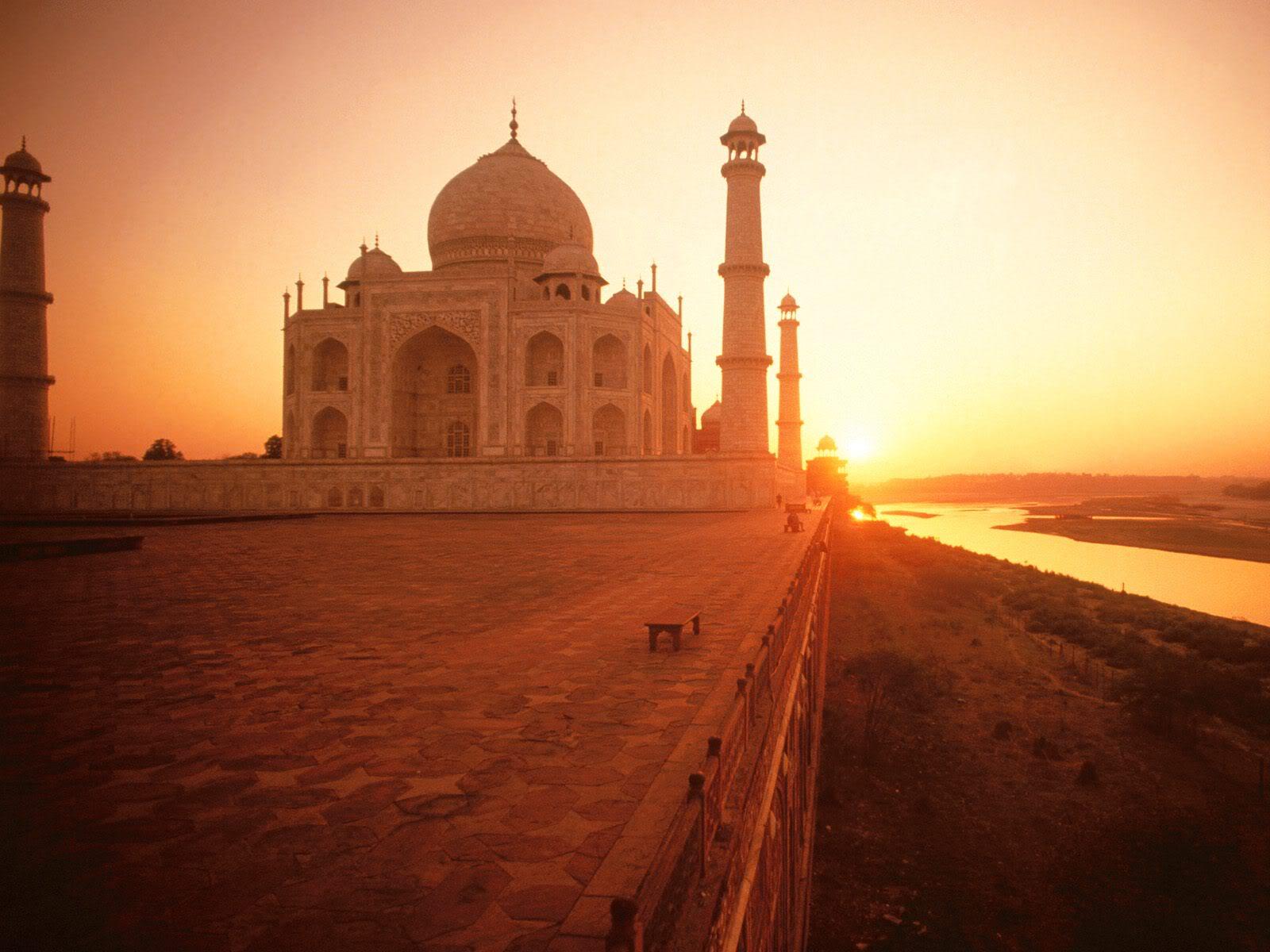
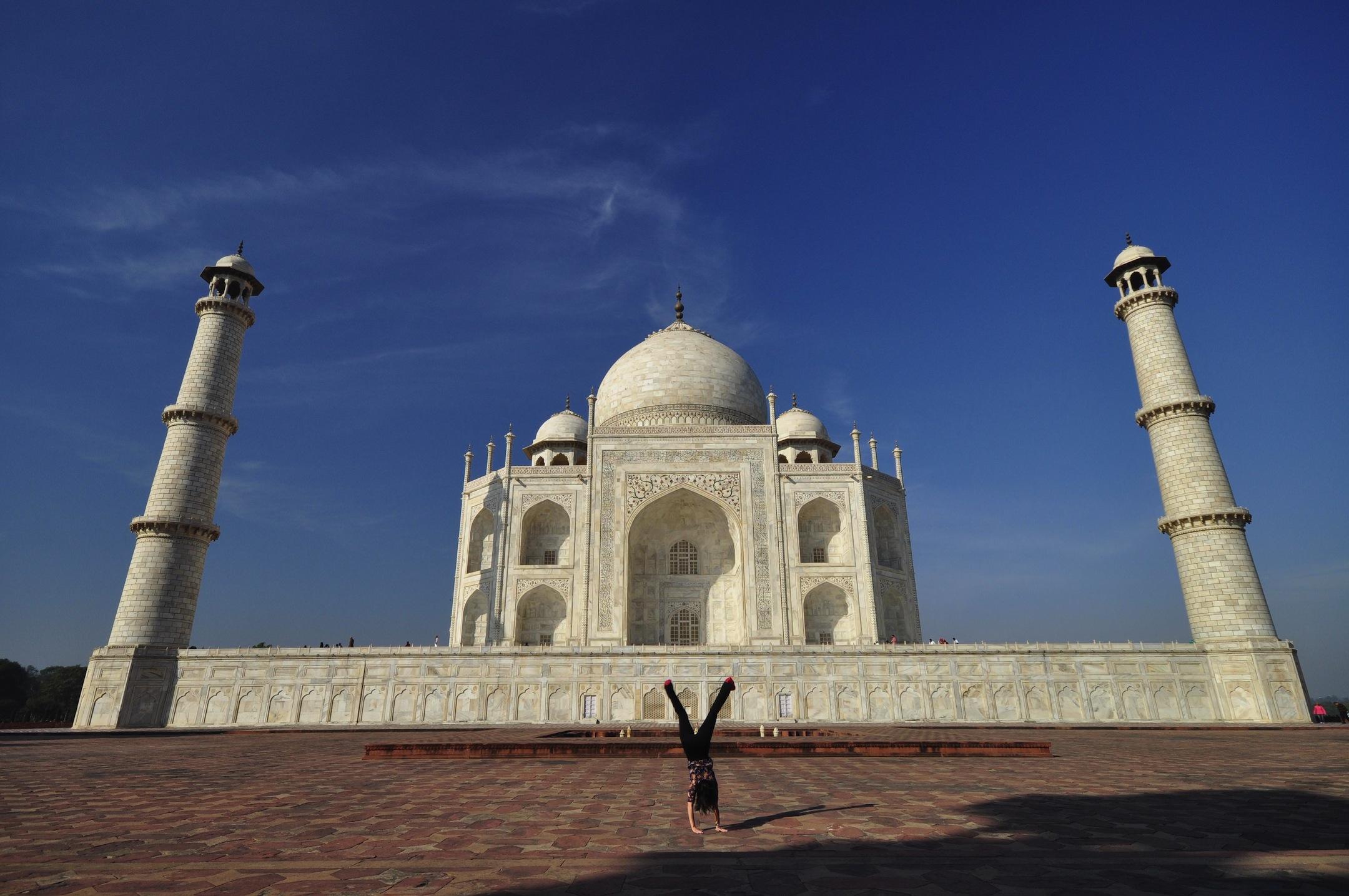
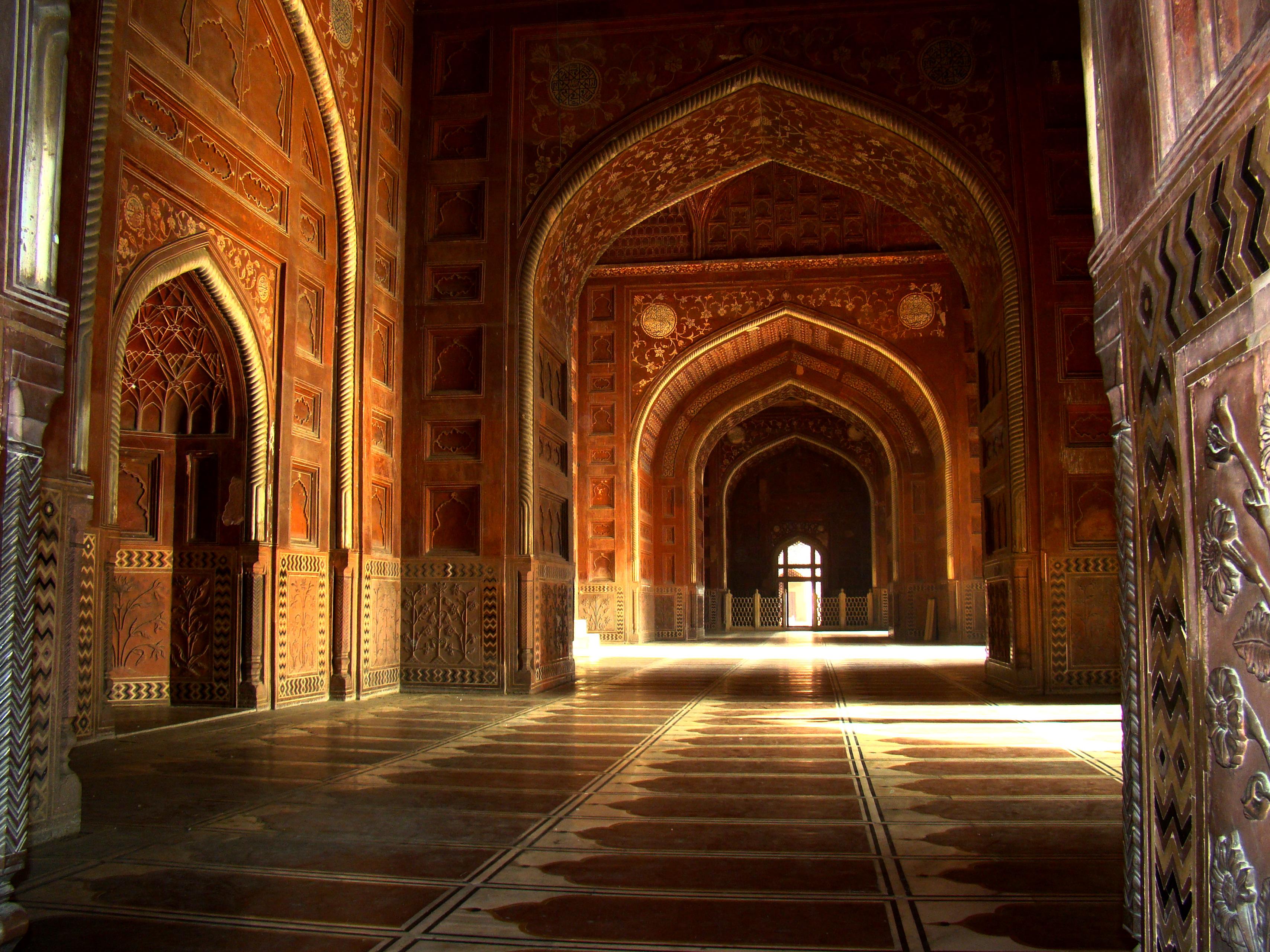
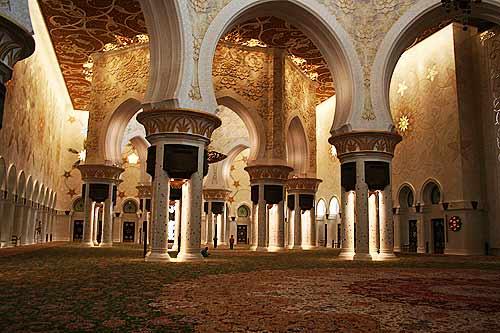
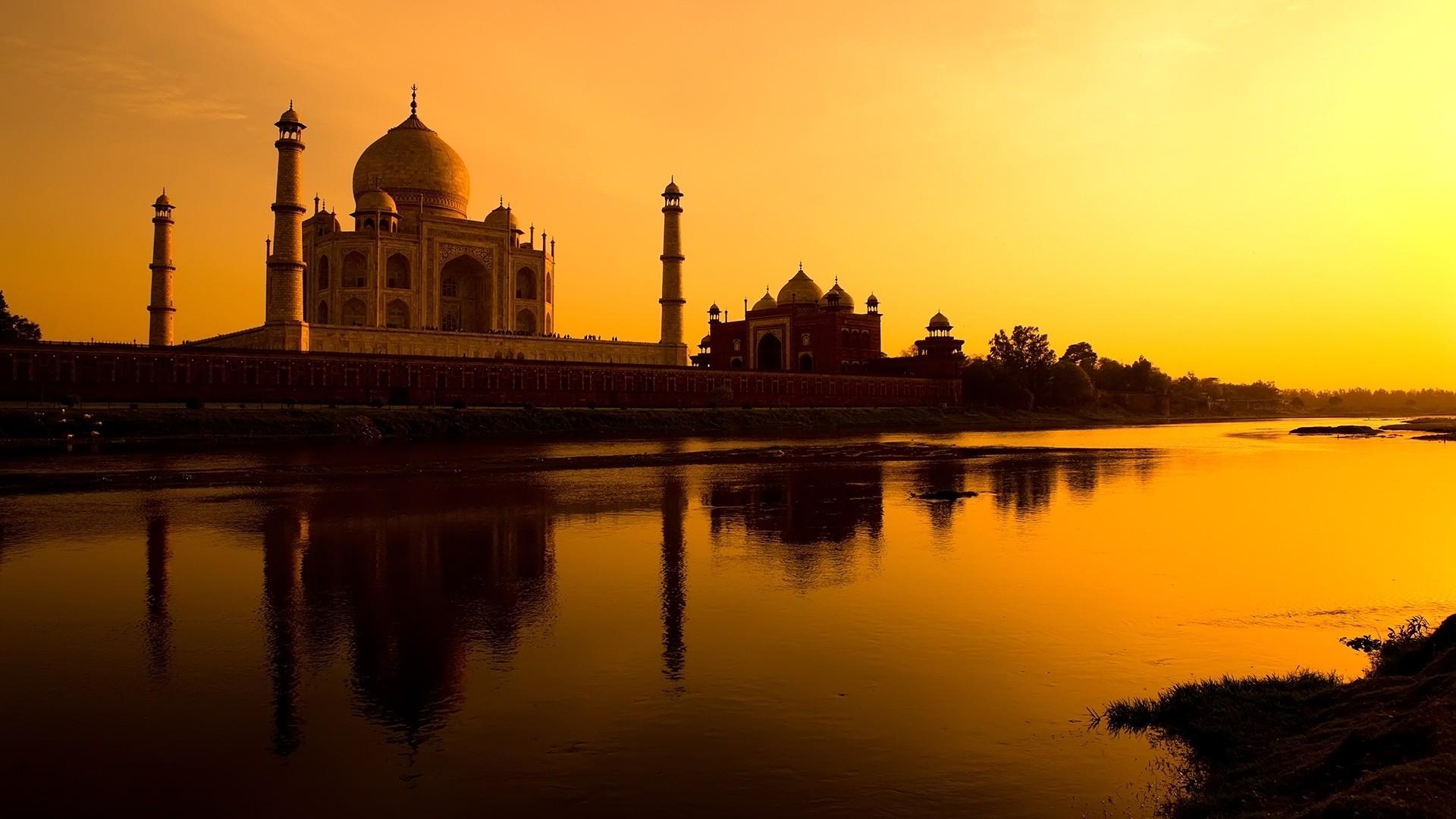
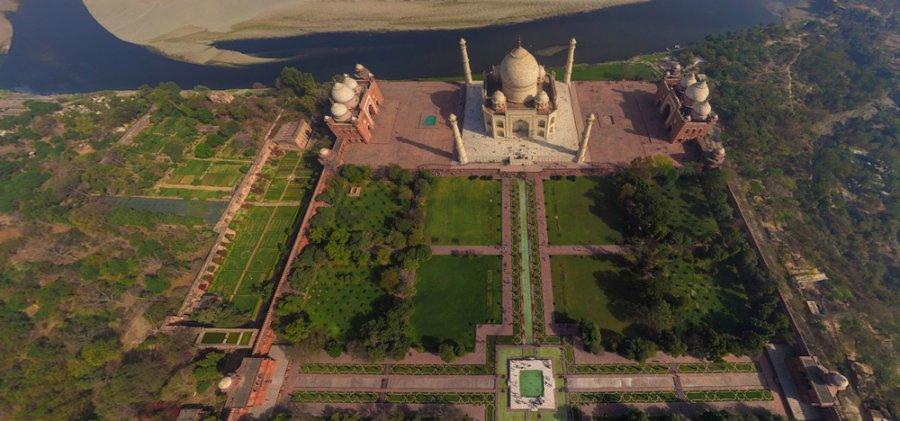
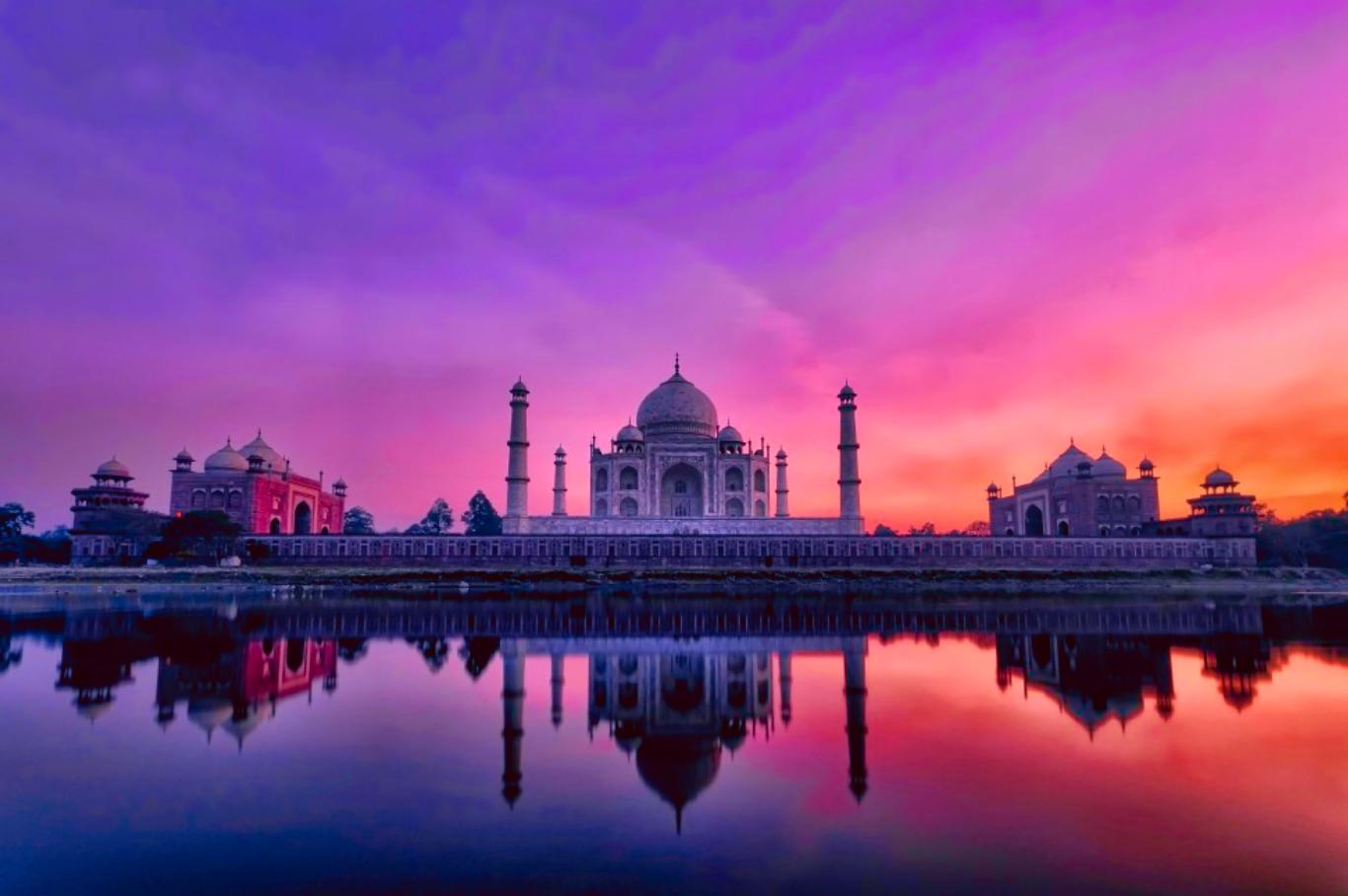
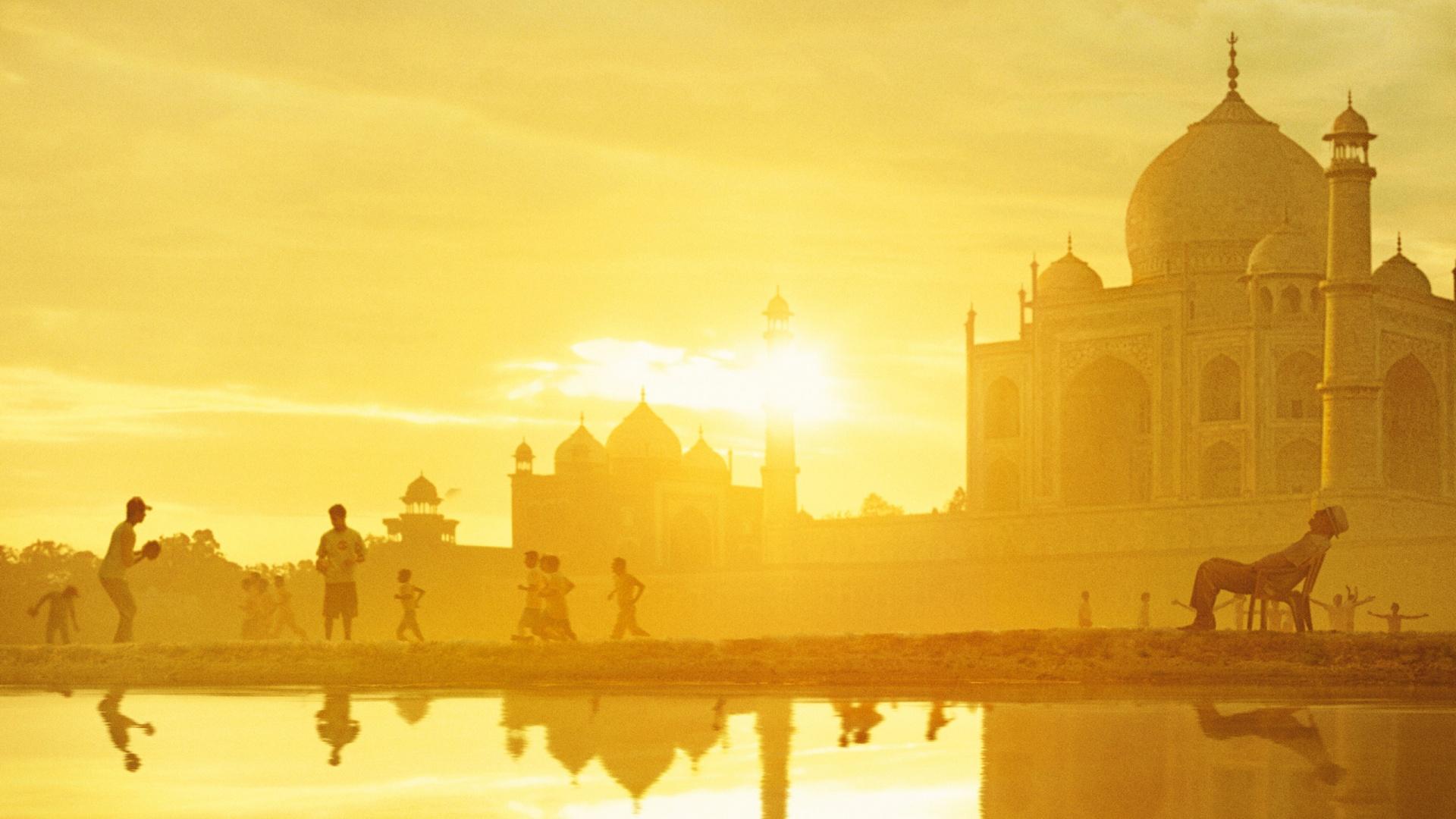
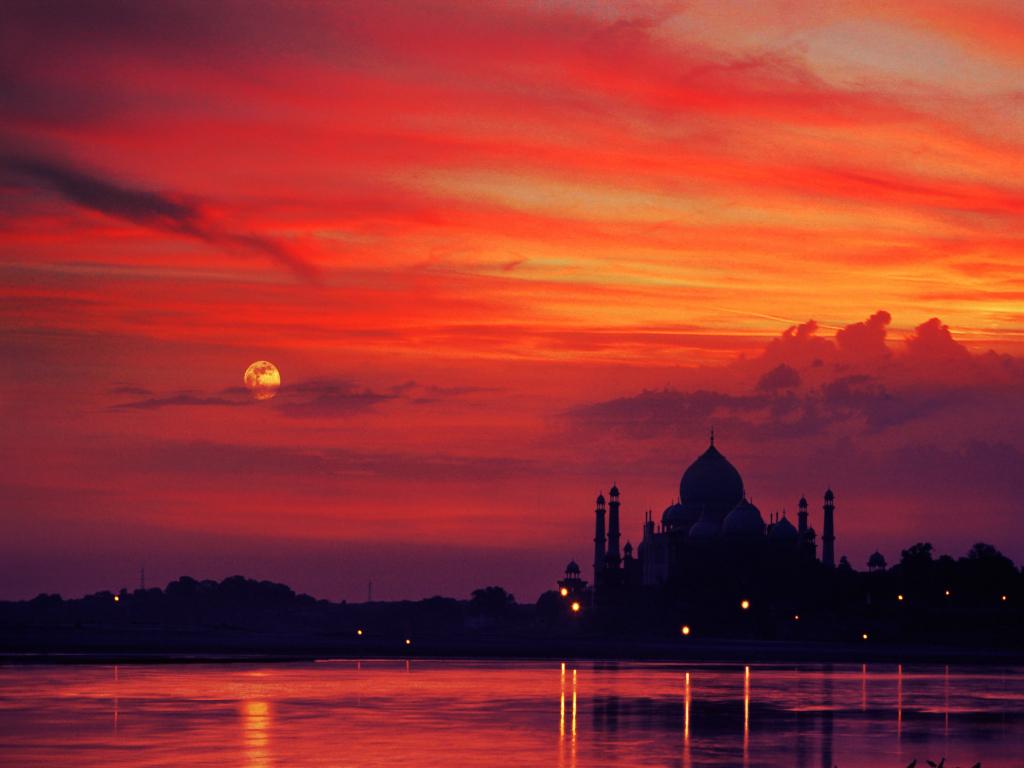
Romantic Taj Mahal
A teardrop on the cheek of time, the magical allure of the Taj Mahal draws tourists to Agra like moths to a wondrous flame. And despite the hype, it’s every bit as good as you’ve heard. But the Taj is not a stand-alone attraction. The legacy of the Mughal Empire has left a magnificent fort and a liberal sprinkling of fascinating tombs and mausoleums; and there’s also fun to be had in the bustling chowks.
Many tourists choose to visit Agra on a whistle-stop day trip from Delhi. This is a shame. There is much more of interest here than can be seen in that time. In fact, you can enjoy several days’ sightseeing with side trips to the superb ruined city of Fatehpur Sikri and the Hindu pilgrimage centre of Mathura.
Agra sits on a large bend in the holy Yamuna River. The fort and the Taj, 2km apart, both overlook the river on different parts of the bend. The main train and bus stations are a few kilometres southwest.
The artisans and craftsman, who toiled on the Taj, set up home immediately south of the mausoleum, creating the congested network of alleys known as Taj Ganj.
Built in 1631-1648 AD, this monument of sentiment had been recognized as UNESCO World Heritage Sites in India.
The reason behind including the Taj Mahal in the list of World Heritage Sites is its unique architecture which has balanced wonderful aesthetic qualities, symmetry and harmonious blending of different stylish elements and architectural splendor of Indo-Islamic style of construction.
It is one of the Seven Wonders of the World, the epitome of love; the Taj Mahal is a huge mausoleum of white marble in the district of Agra in Uttar Pradesh, India. It is one of the most famous buildings around the world which is visited by millions of tourists from across the world every year. A witness to the great historical happenings of the Mughal Era, this construction was built by the Mughal King Shahjahan in memory of his beloved wife Mumtaz Mahal.
Approx. 20,000 stone carvers, craftsperson, and artists were hired from different corners of the country along with artists from Iraq and Turkey. They worked for around 17 years at a stretch to give a shape to this wonder. This gorgeous heritage site is set amidst lush greenery and River Yamuna flows at the backdrop of this magnificent site.
The main abode is set on a platform where minarets, arch-and-dome profile of pristine white marble and intricate designs mesmerize the tourists. The painstaking details on its walls, entrance, and roofs reflect the Pietra Dura form of art and give a detailed idea about the advancement of fine arts in Mughal-ruled India.
Inlaid semi-precious stones are carved in Koranic verse on calligraphy and there is a prevailing belief that these are prayers written in Arabic language. On both side of the main mausoleum two red sandstone buildings looks as fine contrasting element. The building on the western side is a mosque while the other is a guesthouse of Mughal age.
Are you interested to know more about this wonder?
Let us hear from you at +91 33 4046 4646
As suggested and to be customized as per request

 Loading..
Loading..